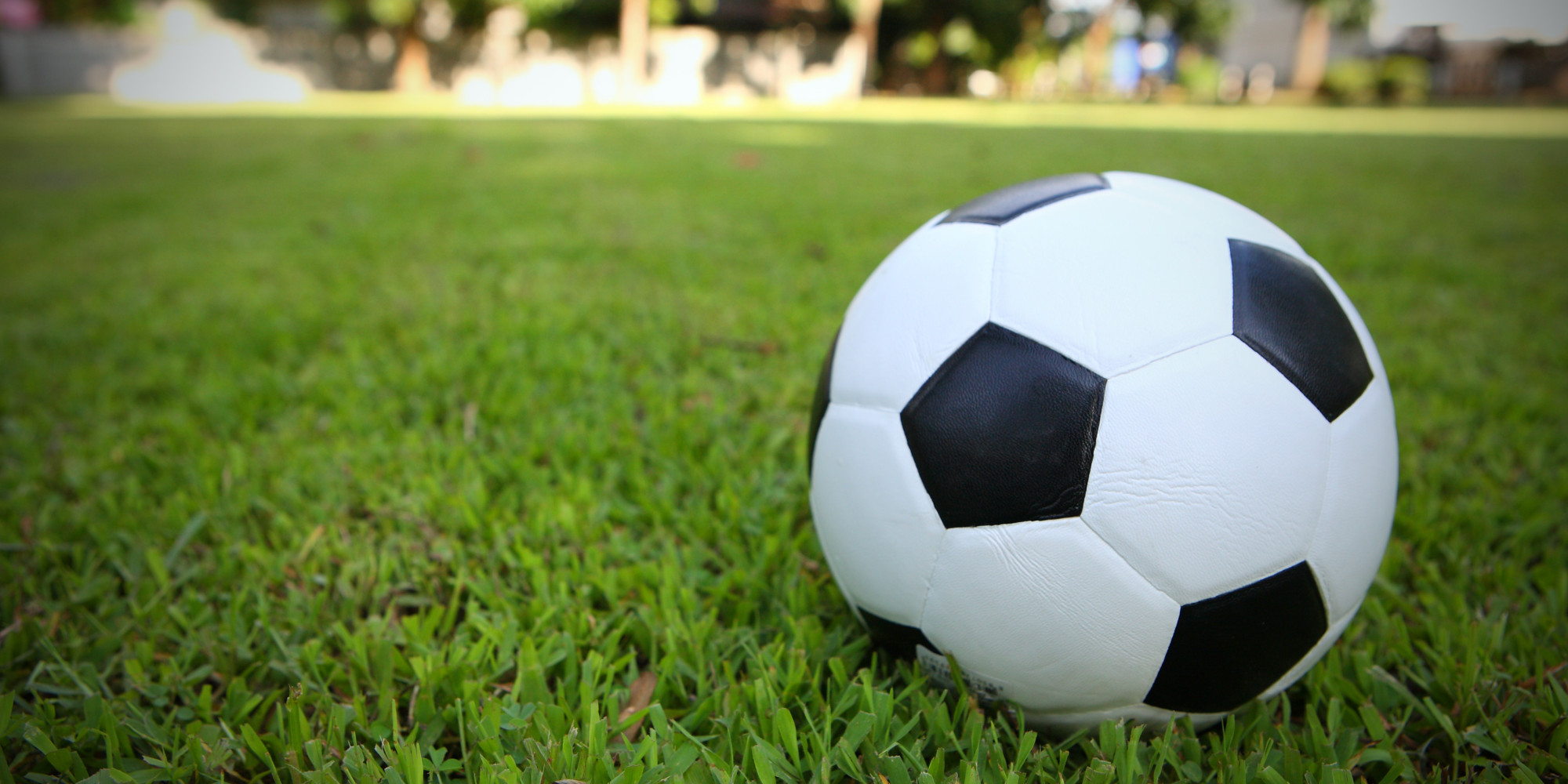
Soccer is the most popular sport in the world. To the Caribbean, it is more than a sport, it is a way of expressing nationalism as well as their transnational identity.
Sports and the Caribbean:
Modern sports, as we know them today were not a part of Latin America and the Caribbean until the late 19th and early 20th centuries. These sports were also not invented but rather imported through colonialism as Europeans cultural practices. It was the British that first introduced soccer and cricket to the Americas and the Caribbean. Today, sports such as soccer and cricket in Latin America are very common. Soccer (also known as football) is just as popular, if not more popular in Brazil than it is in Britain. Later, baseball was brought into Latin America through U.S. imperialism. Puerto Rico, Cuba and the Dominican Republic, as well as Mexico, Nicaragua, Panama and Venezuela adapted baseball (NACLA). These sports have become vibrant expressions of identity and nationalism.
In the background the young Caribbean youth play a scrimmage that requires stamina and a young athletic body. On the side are a few elders who choose to juggle the ball around. This gives them the excitement of the sport but does not exhaust them as much as a long scrimmage game would.
Caribbean’s enjoying the sport of soccer
World Cup
The world cup brings countries together in one central location to compete for one trophy. For a few the turnouts brings pride and joy and to most it brings disappointment and sorrow. During this tournament, the team one supports is reflective of identity and nationalism. Thousands of fans are dressed in colorful jerseys, some in Yellow to support Columbia and others in Blue and White to support France. Everyone wears a certain type of uniform that describes who they are. These uniforms are not just to support the team, they are a form of expression. Just like an American flag represents its nation and glorifies it, so does an individual wearing a Bradley (American soccer player) jersey. Through soccer the fans are expressing their nationalism and are expressing their identity.
The Interview:
:
What Soccer means to Alan Bennet:
Soccer to Mr. Bennet was more than an activity. Firstly, it was a method of reconnecting with his country. Before coming to the United States in 1985 he remembers playing the sport in Jamaica. These memories connect him with his country. Secondly, soccer was a way that helped Bennet rejoin with old friends and family. This gathering helped Bennet form a connection with his new home here in New York City. It allowed Bennet to recharge and ground himself by playing with fellow Caribbean people. Thirdly, it was a way for Bennet to stay out of trouble and keep himself busy. Lastly, soccer helped Bennet express himself. When playing soccer at the Bronx Park with Albanians, Mexicans and other types of immigrants, to distinguish himself he wore the green, black and yellow-stripped Jersey (Jamaican flag colors). It was clear that on the pitch he wanted to express his identity and his nationalism.
Work Cited:
1. “FIFA World Cup™ – Previous Editions – FIFA.com.” FIFA.com. Fifa, 02 Aug. 2014. Web. 07 May 2015. <http://www.fifa.com/tournaments/archive/worldcup/index.html>.
2. NACLA, “SPORT AND SOCIETY IN LATIN AMERICA. (cover Story).” NACLA Report on the Americas. Mar/Apr2004, Vol. 37 Issue 5, P13-13. 1p. 1 Black and White Photograph.N.p., n.d. Web.

